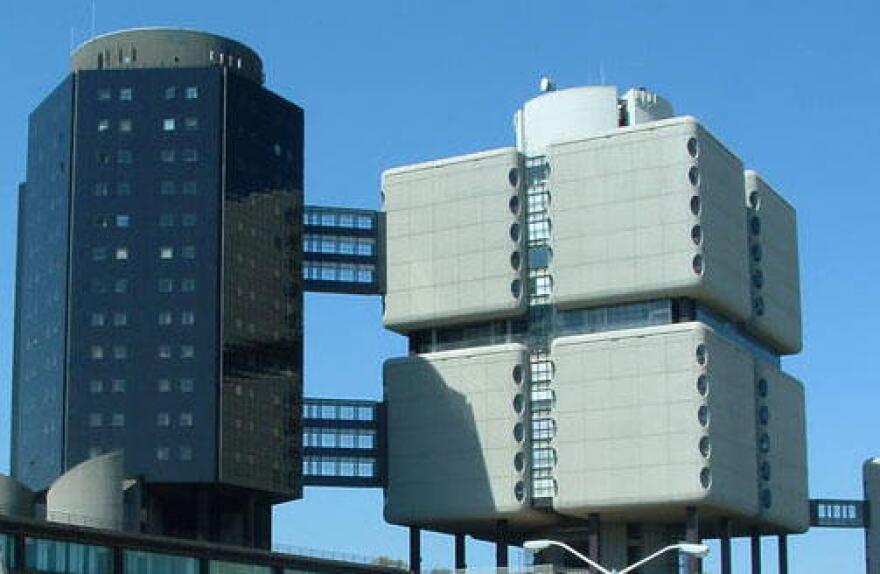In a presentation to the Suffolk County Legislature’s Public Safety Committee, psychiatric hospital administrators said they have seen more violent patients, more people with drug problems and more people with “jail-like behaviors.”
Quick look
- Long Island’s main psychiatric hospital has seen a 60% rise in violence.
- Administrators cite increased drug use and “jail-like behaviors.”
- A 30% decrease in pre-trial jail population is blamed in part, along with restricted access to longterm psychiatric care and COVID-related court closures.
While the trend started before New York’s new bail reform laws took effect — which eliminated cash bail for most nonviolent crimes, since the changes reports of violence have grown 60% and staff have resorted to more physical restraints which have resulted in more injuries.
“These are individuals who have more significant aggression and psychosis so they are needing more violent restraints,” said Kristie Golden, an administrator at Stony Brook Hospital’s Comprehensive Psychiatric Emergency Program.
CPEP is Long Island’s main emergency psychiatric hospital. Most of the patients arrive from police responding to calls.
The hospital says the increase in violence happened before COVID and progressed all this year.
Golden said part of it can be attributed to bail reform. She said a lot of the people admitted are those who would normally have been held on bail while awaiting trial.
“So what does that mean? Does that mean they are not getting the immediate mental health or substance abuse care in the jail that they might have prior to being released into the community?” Golden said.
Statewide, jail populations have decreased about 30%, driven largely by the reduction of people not yet sentenced for a crime. That drop came in January when the new bail laws were implemented.
“I don’t mean to pass the buck, but it sounds to me that our state representatives need to be aware of the human impacts of the decisions they’ve made,” said Bridget Flemming, a former prosecutor and now legislator on eastern Long Island.
Golden, the hospital administrator, pushed back on the notion that the increase in violence is because of bail reform alone.
Part of it, she said, can also be traced to reduced access to long term psychiatric hospitals or COVID-related court closures. Golden said it’s a systemwide issue, not a political issue.


